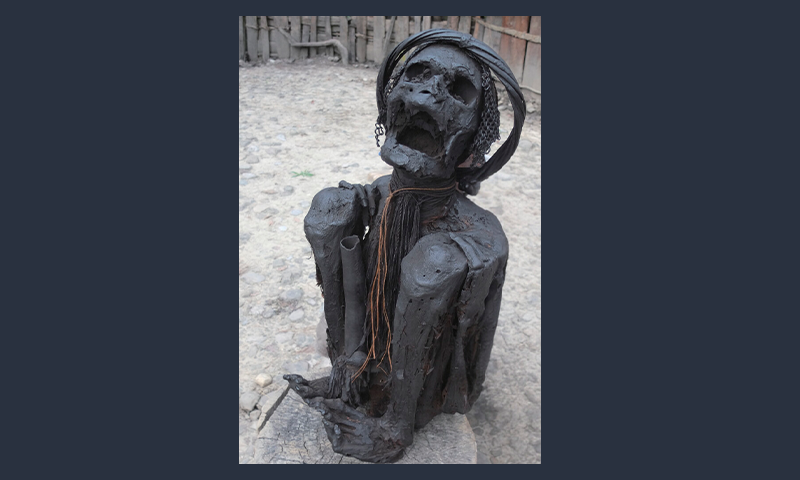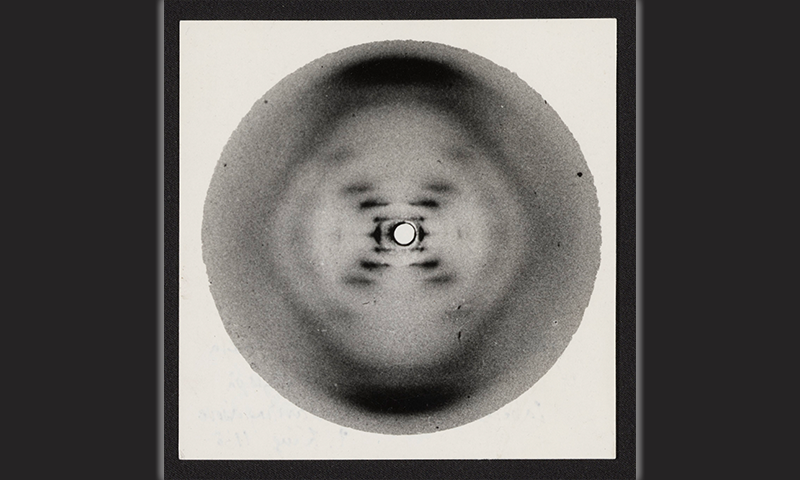Now Reading: Ancient Mummies Unearthed: New Discoveries Redefine History
-
01
Ancient Mummies Unearthed: New Discoveries Redefine History
Ancient Mummies Unearthed: New Discoveries Redefine History

Quick Summary
- Researchers documented evidence of mummification dated between 12,000 and 4,000 years ago in Southeastern Asia,predating ancient Egyptian practices.
- Findings include human remains that were smoke-dried and tightly bound in crouched postures across southern Asia.
- A total of 54 instances of mummification were analyzed from various archaeological sites using advanced technologies such as X-ray diffraction and infrared spectroscopy to detect heating traces on bones.
- Similar traditions are still practiced among indigenous communities in the New Guinea Highlands today; southern Australia also historically employed these techniques.
- Researchers suggest cultural continuity linking ancient hunter-gatherer populations with contemporary Indigenous cultures like those in Papua and Australia through shared burial practices.
Indian Opinion Analysis
The finding that mummified remains predate Ancient Egyptian practices challenges conventional understandings of early cultural innovations. For India, situated geographically close to Southeastern Asia, this study is a potential gateway for exploring shared ancestral continuity or influences on rituals within the broader south Asian region. India’s rich archaeological heritage could benefit from applying similar technologies for investigations into burial traditions or cross-cultural past ties. Moreover, preserving indigenous knowledge systems akin to these mortuary practices underscores the importance of safeguarding India’s own tribal histories while recognizing their parallels globally.























